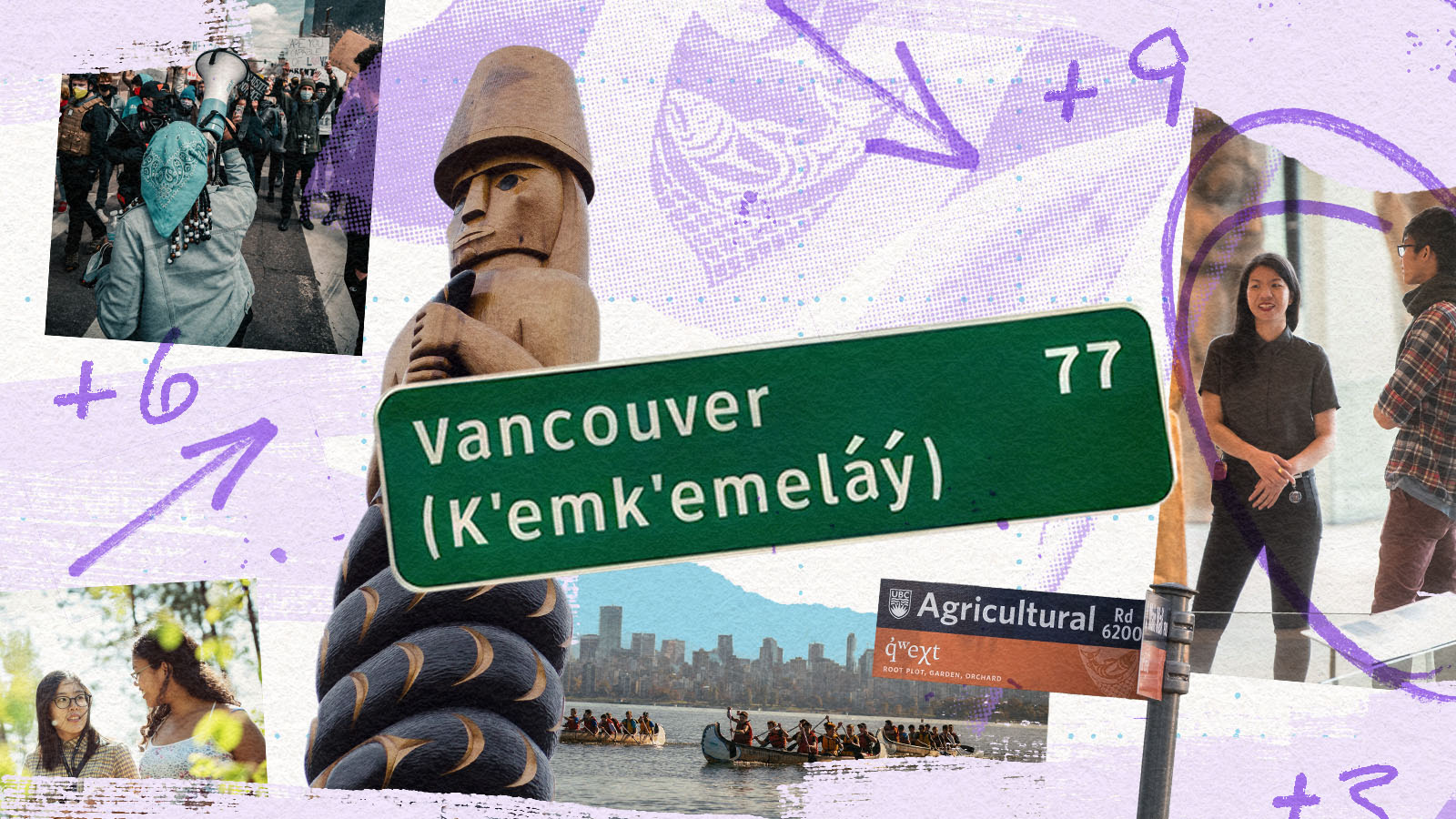Studies in Romanticism
Term 1
MWF, 2:00 – 3:00 p.m.
Though British Romanticism is often associated with nature and imagination, many Romantic period (1770-1830) authors were also inspired by the sense of decay, corruption, and decline that they felt in the ruins of historical buildings and ancient civilizations. Contemporary with the development of disciplines like history, anthropology, and archeology, Romanticism looks behind itself almost as much as, if not more than it looks ahead. This course will examine the way various ideas of “ruin” shaped Romantic literature. We will start by considering the roots of the Romantics’ fascination with ruins in late enlightenment concepts of the picturesque, the sublime, and the gothic, as well as in the fascination with Classical, “Oriental,” and Celtic cultures evident in its aesthetic and travel literatures. We will then examine the role ruins play in poems by Charlotte Smith, William Wordsworth, Lord Byron, Anna Laetitia Barbauld, and John Keats. We will also read one Romantic play, Joanna Baillie’s De Montfort, and two novels, Lady Morgan’s The Wild Irish Girl and Mary Shelley’s The Last Man, all of which use ruins to redefine their respective dramatic and fictional genres and to comment on the state of their nation and time.


